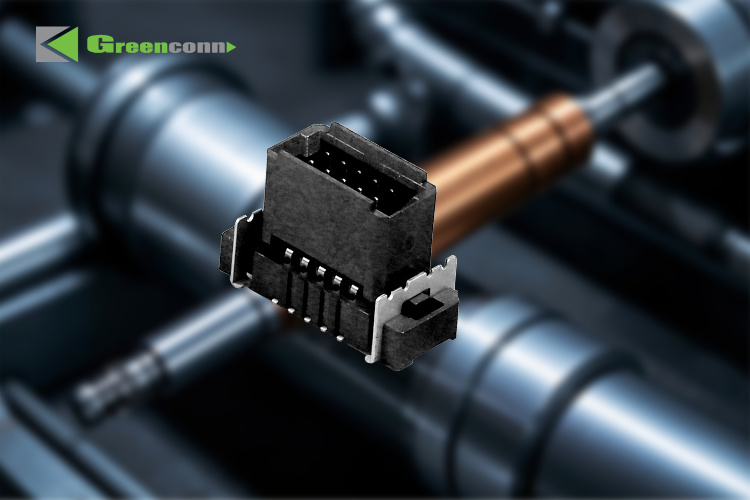Copper Price Fluctuations: How Connector Manufacturers Stabilize Cost and Performance
Copper Price Volatility and Its Impact on Connectors
Recently, international copper prices have experienced sharp fluctuations. Since August 1, the United States has imposed a 50% tariff on imported copper semi-finished products and high-copper-content derivatives, adding further uncertainty to market sentiment and price trends. As the third most widely used industrial metal after iron and aluminum, copper plays a vital role in industrial automation equipment, consumer electronics, new energy vehicles, and communication networks.
In the connector industry, copper and its alloys are essential conductive materials. Price variations are transmitted along the supply chain, directly impacting production costs, profit margins, and delivery stability.

Cost Optimization Strategies for Connectors under Copper Price Volatility
To cope with raw material price uncertainty, connector manufacturers generally adopt a combination of diversified materials and process optimization to stabilize costs while ensuring reliable performance:
- Material Substitution by Application
In weight-sensitive applications such as automotive and energy storage, aluminum or copper-clad aluminum conductors are introduced to reduce cost and weight. In high-speed, high-density interconnects for communications and data centers, higher-performance copper alloys such as beryllium copper or phosphor bronze are used to ensure electrical performance and reliability. - Structural and Process Optimization
Reducing terminal thickness, optimizing stamping die design, and improving plating processes can lower the amount of metal used per unit product, while maintaining mechanical strength and electrical performance. - Supply Chain and Inventory Management
Securing long-term procurement contracts, diversifying supplier sources, and maintaining strategic reserves of key materials help mitigate risks from short-term market fluctuations and ensure production stability.

Greenconn’s Diversified Material Strategy and Supply Chain Resilience
As a global connector solutions provider, Greenconn adopts a “diversification + precise matching” raw material strategy, supported by a robust supply chain management system to strengthen both cost control and performance reliability:
- Diversified Material Applications
- Phosphor Bronze: Offers high elasticity and stress relaxation resistance, suitable for terminals requiring stable contact force and long-term reliability.
- Brass: Known for its corrosion resistance and workability, widely used in automotive and industrial connectors.
- Beryllium Copper and Pure Copper: Provide an excellent balance of conductivity and mechanical strength, essential for precision interconnects.
- Supply Chain Collaboration
Long-term partnerships with multiple copper and alloy suppliers ensure stable sourcing during price volatility or supply shortages. - Procurement and Inventory Optimization
Futures pricing, bulk purchasing, and safety stock management strategies minimize the impact of short-term market swings. - Diversified Supply Sources
Multi-region, multi-supplier sourcing reduces reliance on single markets and enhances overall supply chain resilience.
By precisely matching material properties with application requirements and leveraging robust supply chain management, Greenconn improves material efficiency and performance stability, successfully mitigating cost risks during copper price cycles while ensuring timely delivery and product quality.
In a global market of raw material volatility, connector manufacturers’ competitiveness lies not only in cost control, but also in their ability to build diversified, sustainable material and process optimization systems. Diversified materials, lightweight structural design, and resilient supply chains will be the key to stabilizing cost and performance.
Greenconn will continue to prioritize stability and reliability, delivering high-quality connector solutions that withstand both market challenges and the test of time.



